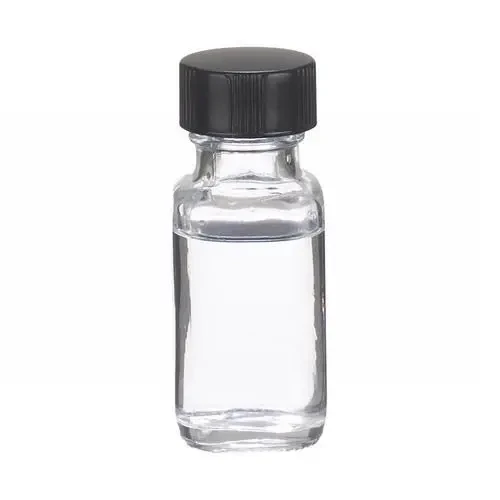Understanding the Cost of Polyacrylamide Factors and Implications
Polyacrylamide, a versatile polymer used in a variety of applications ranging from water treatment to oil recovery, has garnered significant attention in recent years. The cost of polyacrylamide is a critical factor for industries that rely on this material, influencing budgets, project viability, and overall operational efficiency. Understanding the various elements that affect the cost of polyacrylamide can provide insights into its market dynamics and help businesses make informed decisions.
What is Polyacrylamide?
Polyacrylamide (PAM) is a synthetic polymer that is produced through the polymerization of acrylamide monomers. It can exist in various forms, including anionic, cationic, and non-ionic variants, each possessing unique properties suited for different applications. These include soil stabilization, sedimentation in water treatment, enhancement of oil recovery, and even in the field of pharmaceuticals. The versatility of polyacrylamide contributes to its widespread use and impacts its pricing.
Factors Influencing the Cost of Polyacrylamide
1. Raw Material Costs The primary constituent of polyacrylamide is acrylamide, which is derived from petroleum-based chemicals. Therefore, fluctuations in the oil market directly impact the cost of raw materials for polyacrylamide production. If oil prices rise, the cost of acrylamide increases, consequently elevating the price of polyacrylamide.
2. Production Processes The method of polymerization, such as solution polymerization, suspension polymerization, or emulsion polymerization, can also affect costs. Energy consumption, environmental compliance, and labor requirements associated with these processes vary, impacting the overall production costs. Advanced technologies that enable cost-efficient production tend to lower prices, while outdated or less efficient methods can drive costs higher.
polyacrylamide cost

3. Quality and Specification Polyacrylamide’s price also reflects its grade and purity level. Higher purity and specialty grades often command higher prices due to their tailored properties and performance in specific applications. Industries with stringent quality requirements, such as pharmaceuticals or food processing, may be willing to pay a premium for high-grade polyacrylamide.
4. Market Demand The demand for polyacrylamide is closely tied to the overall market health of sectors such as wastewater treatment, mining, and agriculture. During times of economic growth, demand for purified water and enhanced agricultural productivity rises, pushing up polyacrylamide prices. Conversely, during economic downturns, demand may decline, leading to price reductions.
5. Supply Chain Considerations Transportation and logistics also play a role in determining the cost of polyacrylamide. Disruptions in supply chains, whether caused by geopolitical events, natural disasters, or trade restrictions, can lead to shortages and increased prices. Companies dependent on timely and cost-effective deliveries may experience fluctuating costs as a result.
6. Regulatory Constraints Environmental regulations surrounding the production and disposal of polyacrylamide can add additional costs. Compliance with local, national, and international regulations regarding the use of acrylamide—known for its toxicity—can necessitate investments in safer production methods and technologies, which ultimately can be passed on to consumers in the form of higher prices.
Implications for Industries
Understanding the costs associated with polyacrylamide is crucial for industries that rely on its functionality. Water treatment plants, for instance, may need to factor in the potential for price increases when budgeting for future projects. Similarly, the oil and gas sector must consider polyacrylamide costs when planning extraction methods.
In conclusion, the cost of polyacrylamide is influenced by a myriad of factors ranging from raw material prices and production processes to market demand and regulatory pressures. As its applications continue to expand, staying informed about these elements is essential for industries that depend on this versatile polymer. Proactive decision-making based on a thorough analysis of these cost factors can lead to better financial planning and operational effectiveness in the long run.

